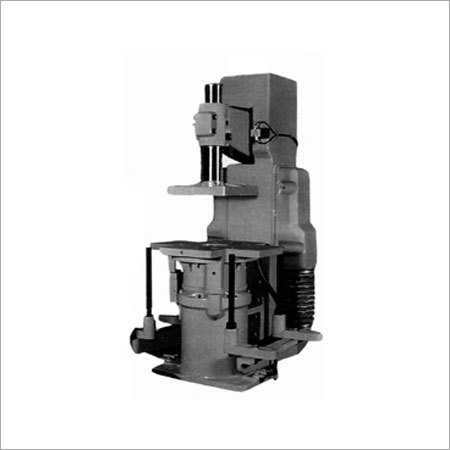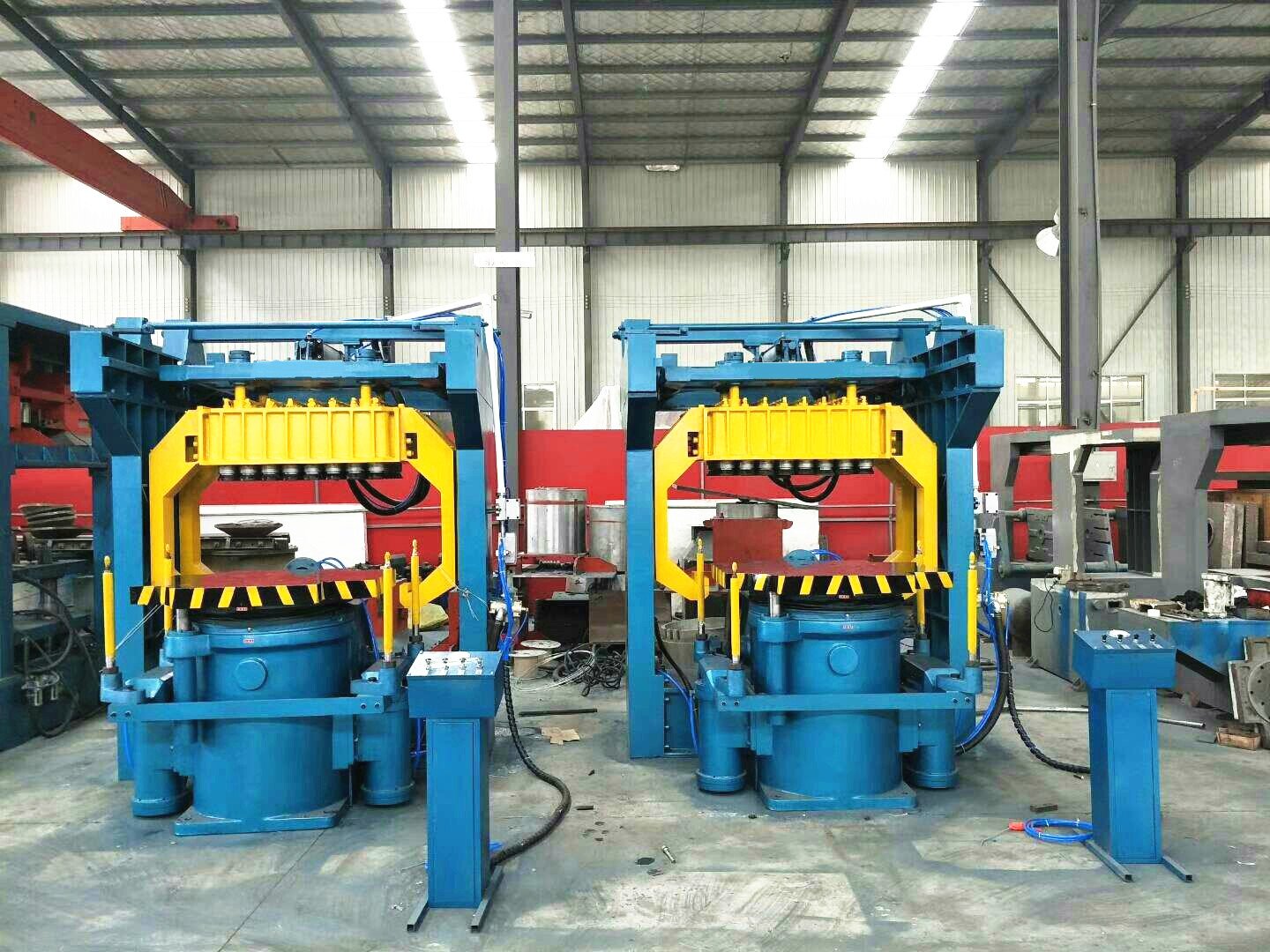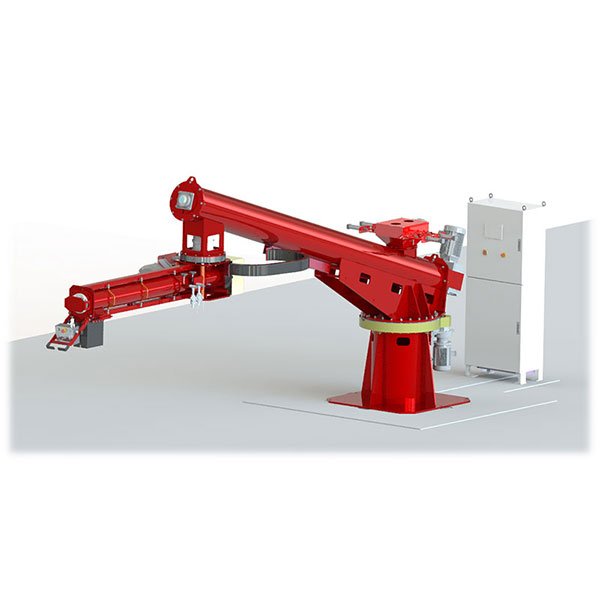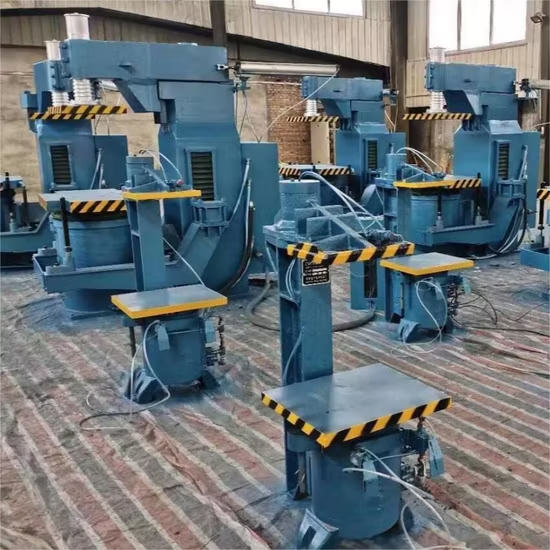Running a foundry means high energy bills—but what if you could reduce them by nearly half without compromising output?
Energy-efficient jolt squeeze molding machines use smarter mechanics and upgraded motors to significantly reduce power consumption while maintaining high-quality compaction.
Let’s dive into what makes these machines more efficient—and how your foundry can benefit from the shift.
Why Energy Efficiency Matters in Foundry Molding?
Energy costs can quietly erode your profits if you’re still running old, inefficient molding machines.
Energy-efficient jolt squeeze molding machines minimize compressed air and motor power waste, helping foundries reduce monthly bills and carbon footprint.

Many traditional jolt squeeze machines operate using older, high-friction components and air-driven jolting mechanisms that waste more energy than they use productively. I’ve seen machines that require 14 to 15 kW just to produce 25 molds per hour—this translates into substantial utility expenses over time. Modern alternatives now operate at just over 8 kW for similar output, thanks to optimized compression systems and digital control.
The larger issue is not just the electricity bill—it's the compounded cost of running these older machines over time. Foundries often ignore this hidden expense until it's too late. That’s why we emphasize evaluating your machine’s energy performance as seriously as its compaction quality.
From an environmental perspective, regulatory pressures on industrial energy use are also intensifying. Reducing consumption isn’t just about cost anymore—it’s also about compliance. Upgrading to energy-efficient machinery is a proactive way to stay ahead of both rising energy prices and upcoming standards.
What Makes a Jolt Squeeze Machine Energy-Efficient?
Surface technology can look similar—but inside, efficient machines are different by design.
Energy-efficient molding machines use improved jolting systems, inverter-controlled motors, and precise timers to reduce waste and boost performance.

Let’s break down the core innovations that define these machines:
Technical Improvements
| Feature | Traditional Machines | Energy-Efficient Machines |
|---|---|---|
| Jolting Mechanism | High-pressure air burst | Tuned low-pressure jolting |
| Motor Control | Direct start | Inverter + soft start |
| Air System Efficiency | Basic valves | Low-friction, fast-switching valves |
| Compression Timing | Manual or analog timers | Digital smart timers |
Each of these upgrades plays a critical role. For example, using a variable frequency drive (VFD) motor not only reduces energy draw but also extends the lifespan of mechanical components by softening startups and shutdowns. This smoother operation means fewer mechanical shocks to bearings, bushings, and cylinders.
Also, when you reduce the force needed for jolting, you also reduce noise, wear, and unnecessary air consumption. The compaction quality doesn’t suffer because the system is engineered to optimize pressure balance and timing rather than just brute force.
Many engineers still cling to the belief that “more pressure means better molds.” That’s outdated thinking. Properly tuned machines can deliver the same—or better—mold quality with significantly less energy input.
Maintenance and Long-Term Cost Benefits of Energy-Efficient Molding Equipment
Short-term upgrades deliver long-term payoffs if you choose the right equipment.
With less strain on moving parts and optimized power draw, efficient jolt squeeze machines require less frequent maintenance and have longer service lives.

Over the years, I’ve observed that foundries who upgrade to energy-efficient equipment see notable reductions in unexpected downtime. Here’s why:
- Fewer breakdowns: Smooth starts and better component alignment reduce mechanical stress.
- Reduced wear: Energy-efficient machines experience fewer jerks and vibrations, meaning less abrasive wear on guides and columns.
- Simplified maintenance: Modern control systems often have built-in diagnostics, which help you catch issues before they become major problems.
Comparative Cost Insights
| Cost Element | Traditional Machine | Energy-Efficient Machine |
|---|---|---|
| Monthly Electricity Cost | $2,100 | $1,190 |
| Average Maintenance Calls | 6/year | 2/year |
| Average Lifespan | 8–10 years | 12–15 years |
| ROI Period | N/A | 6–12 months |
From this table, it’s clear that even if an energy-efficient machine costs 10–15% more upfront, the long-term return outweighs the initial expense. In some installations, the energy savings alone cover the extra cost within the first half year.
Plus, better control systems help your operators maintain consistent compaction pressure across shifts, leading to fewer casting defects and lower rework rates—another hidden benefit often overlooked.
FAQs About Energy-Efficient Jolt Squeeze Machines
Q1: Will switching to energy-efficient models affect molding quality?
A: No. Properly engineered machines maintain high compaction consistency while reducing energy use.
Q2: Are these machines more expensive?
A: Slightly, but the reduced energy and maintenance costs typically recover the difference within 6–12 months.
Q3: Do I need special training for operators?
A: No major changes. Control panels may be updated, but the basic operation remains the same.
Q4: Can energy-efficient machines handle large-scale production?
A: Absolutely. Our clients in automotive and heavy industry sectors use them for both small and high-volume orders.
Conclusion
Switching to energy-efficient jolt squeeze molding machines is a smart investment—it cuts energy costs, reduces wear, and improves your foundry’s long-term profitability.







